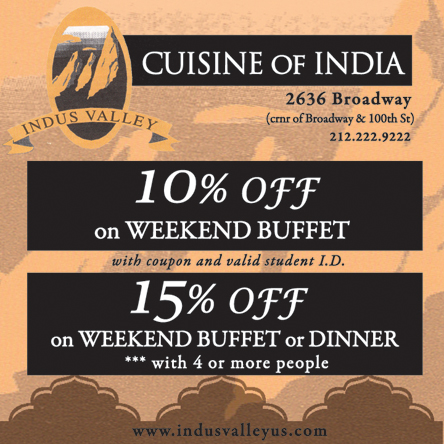“”One of the most brilliant overall jobs of social satire.”
The Nation
“My art is on its final breaths, and chances are it will be dead, buried, and forgotten before most of you walk out of here with degrees.” The seismic words fell so hard on the 400 undergraduate shoulders surrounding me in an ASU lecture mega-hall that I can still vividly recall nearly falling out of my seat. The class was titled “Mass Media & Society” and the speaker was not (to everyone’s delight) our elegant, and aging instructor – the excruciatingly eccentric “original Dr.FUN” (who literally wrote the book on how media portrays sex, love, and relationships and its consequences) – but rather a previous radio executive and disc jockey, and current “expert scholar”; which apparently included spending time in front of groups like an intro elective course at a public university. Regardless of his overt melodramatic undertone, the speaker’s sentiment was hard not to empathize with as an aspiring creative type myself. If you haven’t figured it out by now, this industry insider was – quite broadly – referring to all the “cool new shit (his words, not mine)” that was causing radio to progressively fade into obscurity until only a handful of super-stations would remain. To be more specific, his presentation focused on the greatest threat to radio since television itself: internet in cars. It doesn’t take a genius to put two and two together to realize that once moto-WiFi is as common as removable cup-holders that most people – particularly those with roots elsewhere than the state on their license plate – if given a choice out of every radio station on the planet, will pick something other than their commercial-littered local indie jukebox for the drive home.
Assuming you possess an average reader’s attention span, right now you’re probably thinking, “cool story bro (assuming you also possess an average reader’s courtesy), but what does this have to do with Ray Bradbury, his death, or Fahrenheit 451 – you know, the book this review is supposed to be on.” Beyond the painfully obvious parallel of “technology is killing art” theme that F451 is remembered for (among other reasons), here, right before my eyes – in whatever relatively infinitesimal, isolated form – was Bradbury’s meticulously crafted nightmare coming true. Something, unfortunately, that is now – given a watchful and interested eye – observable on a daily basis. It wasn’t just that technology like internet-enabled Honda’s would be the death of the “his art” (partly, yes) that precipitated the invisible tears I saw running down the side of the speaker’s face for 65 minutes. It was what that death meant for the rest of us.
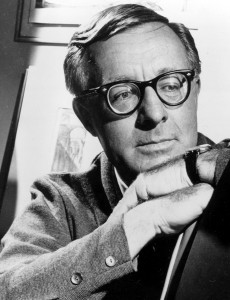 Ray Bradbury is one of only a small handful of names that would undoubtedly be on every list of nominees for the Mt. Rushmore of Science Fiction (if such an awesome monument were ever to be erected). With his place among an echelon of genre juggernauts such as Arthur Clarke, Isaac Asimov, and Robert Heinlein; his influence on future masters in their own right including Ursula Le Guin ,Phillip K. Dick, and Neil Gaiman; his work garnering comparison over the years to the likes of George Orwell – with over 500 publications and a laundry list of awards; Mr. Bradbury’s passing is a significant one.
Ray Bradbury is one of only a small handful of names that would undoubtedly be on every list of nominees for the Mt. Rushmore of Science Fiction (if such an awesome monument were ever to be erected). With his place among an echelon of genre juggernauts such as Arthur Clarke, Isaac Asimov, and Robert Heinlein; his influence on future masters in their own right including Ursula Le Guin ,Phillip K. Dick, and Neil Gaiman; his work garnering comparison over the years to the likes of George Orwell – with over 500 publications and a laundry list of awards; Mr. Bradbury’s passing is a significant one.
You might say it was peculiar that I found myself researching a secret bookstore called Brazenhead in New York the day it happened; a physical symptom of Bradbury’s great diagnosis. You might say it was peculiar that the day before I was sketching an idea for a piece on outdoor libraries and breathtaking bookshelves; more attempts at fighting a war that is already lost. You might say it was less peculiar that almost every writer/literary/culture/arts/creative/humane type I knew had something to say in the form of everything from status updates, Tweets, and blog entries; to using what other great writers had to say about this great writer to say what he meant to them. To say the very least, on June 6th, 2012 there was a painfully gaping hole pierced into the heart of the American cultural landscape. And while I am in no way qualified to write an ode worthy of patching even a pixel of it, I however can pay homage by using this week’s first review to re-visit one of his most paramount works.
The occasion that lead to my first reading of Fahrenheit 451 is a fairy universal one: assigned reading. Oddly enough, I originally encountered the title on my preparatory summer reading list for sophomore chemistry class (a coincidence that led to some very imaginative interpretations of the title, as I grew up around adults who strictly read, and shelved, the classics – in the most archaic sense of the term). Four-hundred and fifty-one degrees: the temperature at which paper burns. The reference to which perhaps is reason why the first thing that most people think of in regards to the book is book burning – or censorship – itself. The publishers of the mass market paperback version – Del Ray Books – certainly seemed to think so, adorning the more commercial than praising byline of “The Classic Bestseller About Censorship – More Important Now Than Ever Before.” The latter half of which is more interesting, given the edition came out in 1987, as the observation remained a consistent one over the course of the book’s 50+ year lifetime. Ironically enough, less than a fifth of the class had read the book when the first day of class eventually came. But that didn’t stop Guy Montag from – horrible pun incoming – igniting a debate that an innocent onlooker might mistake for an actual scholastic discussion. This of course, speaks less in support for the matter, and more for the subject. No one wanted to be in a generation that was too dumb to realize that it was too dumb to realize anything. Wherein of course lays the dilemma, if we ever did reach that point, how would we know?
What has always impressed me most about Bradbury’s masterpiece is the immersive world he creates. A quick survey of only a few reviews over the past half-century will tell you I am not alone. While Fahrenheit’s America is a comprehensive one that stylishly emanates the dismal and spiritless aura Bradbury intended with a visceral force, the reason its setting is so remarkable (to me anyway) is how it defies all genre conventions, yet remains one of its staple achievements. Science fiction novels are supposed to be filled with flying cars, shiny clothes that talk, sleek gravity-and-architecture defying mountains of pristine steel, ubiquitous bliss and void of disease. But there is none of this in Fahrenheit 451. In fact the only discernible difference between our world and the one Bradbury constructed in 1953 is that books aren’t banned and that firefighters are still just that – and not firestarters. Hell, are the homes that Bradbury’s characters inhabit, with their four-walled television surroundings, igloos of mind-numbing media, any different than our iPhone-tablet-notebook-cinema-3DTV-HD modern day cyber-cemented environment? In this fictional society, happiness is commoditized, allotted, and distributed; and the proliferation of books – thoughts and ideas – only reduces the supply, the quality, while also most importantly, raises the price. Perhaps Montag’s boss, Chief Beatty, says it best:
“Give the people contests they win by remembering the words to more popular songs or the names of state capitals or how much corn Iowa grew last year. Cram them full of non-combustible data, chock them so damned full of ‘facts’ they feel stuffed, but absolutely ‘brilliant’ with information. Then they’ll feel they’re thinking, they’ll get a sense of motion without moving. And they’ll be happy, because facts of that sort don’t change. Don’t give them any slippery stuff like philosophy or sociology to tie things up with. That way lies melancholy. (61)”
However, this book is not about book burning or censorship. As Bradbury himself has openly stated, it is about how television has corroded the literate circuits of society’s neurology. It is about the virus that makes it more appealing to drool upon one’s Cheetos covered flesh in a La-Z-Boy than browsing on one’s knees in some dusty library to find a relevant 10 hour cerebral journey. It is about the danger of believing in the “sense of motion without moving.” It is about the burning of culture. At their core (at least in theory), our technology is always intended to enrich the human experience. Facebook was supposed to make it easier to connect. Twitter was supposed to make it easier to communicate. Television was supposed to make it easier to tell stories. The internet was supposed to bring us all together. Even with appropriate historical deviations from these (admittedly trivial reductions) mentioned, the intentions can, more or less, be generalized as noble. And the results don’t necessarily support the opposite as the current digital-zeitgeist might suggest. Some people do use technology to enrich life, rather than permitting its erosion, as this TED talk by Stefana Broadbent eloquently, and empirically, expresses.
In other words, Bradbury’s message is not “we should say to hell with the machine”, but rather, “we will find ourselves to be hell if we become like the machine.” We allowed Facebook to turn friendship into a list of “friends” and preferring to “like” instead of love. We allowed Twitter to turn talking to tweeting. We kept watching Jersey Shore instead of The History Channel (or were inexplicably late in recognizing art like The Wire). The two sides at war here are not technology and man, but rather two forms of happiness: the hedonist and the spiritualist. Happiness doesn’t come in megabytes of data; it comes from taking mega bites out of the source. Books as they stand, both in Bradbury’s time as much as our own (though this is less and less becoming the case) were merely the review of the fruit – intended to entice. They are merely vessels for carrying the history of those who “braved the storm of life and lived” so that the rest of us may know that such a courage exists in us all. Bradbury says it best, ventriloquizing through ex-professor and Montag’s second significant mentor, Faber:
“It would be funny if it were not serious. It’s not books you need; it’s some of the things that once were in books. The same things could be in the ‘parlor families’ today. The same infinite detail and awareness could be projected through the radios and televisors, but are not. No, no, it’s not books at all you’re looking for! Take it where you can find it, in old phonograph records, old motion pictures, and in old friends; look for it in nature and look for it in yourself. Books were only one type of receptacle where we stored a lot of things we were afraid we might forget. There is nothing magical in them at all. The magic is only in what books say, how they stitched the patches of the universe together into one garment for us. (82).”
So, go forth and find your own cosmic sewing machine; whether it burns at 451 degrees or not. Because otherwise the same flames will consume your exposed, naked mind – and you’ll believe in the “sense of motion, without moving at all”. Chances are you can find a copy of Fahrenheit 451 sitting on one of those side-walk book buys on your way to or from work (especially during the next few weeks).
And in honor of Ray Bradbury and intelligent thinking and meaningful human interaction everywhere – take a trip out to the New York Public Library. Remind yourself of the breathtaking resource tucked away in the heart of downtown. Read Fahrenheit 451 in a way and place similar to how and where it was written. While you’re at it, either before or after, stop by BareBurger for a great bite – and take advantage of the great student discount (below) provided by your friends at #CampusClipper!
Mahad Zara, The University of Arizona and Columbia University, Read my blog and follow me on Twitter
Click here to download the Campus Clipper iTunes App!
Follow Campus Clipper on Twitter or keep current by liking us on Facebook
Interested in more deals for student savings? Sign up for our bi-weekly newsletter to get the latest in student discounts and promotions. For savings on-the-go, download our printable coupon e-book

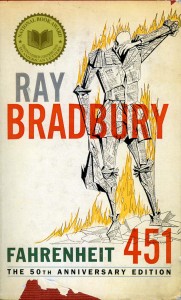
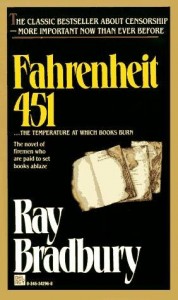


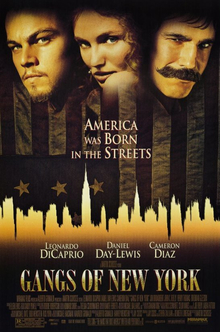

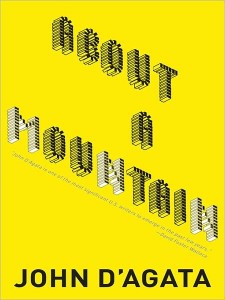
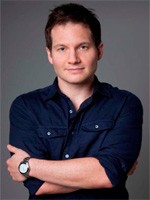
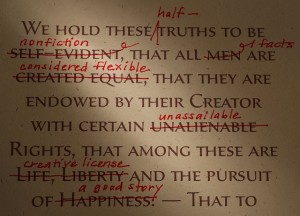



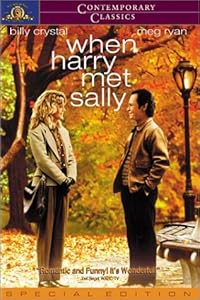

 I saw the
I saw the 